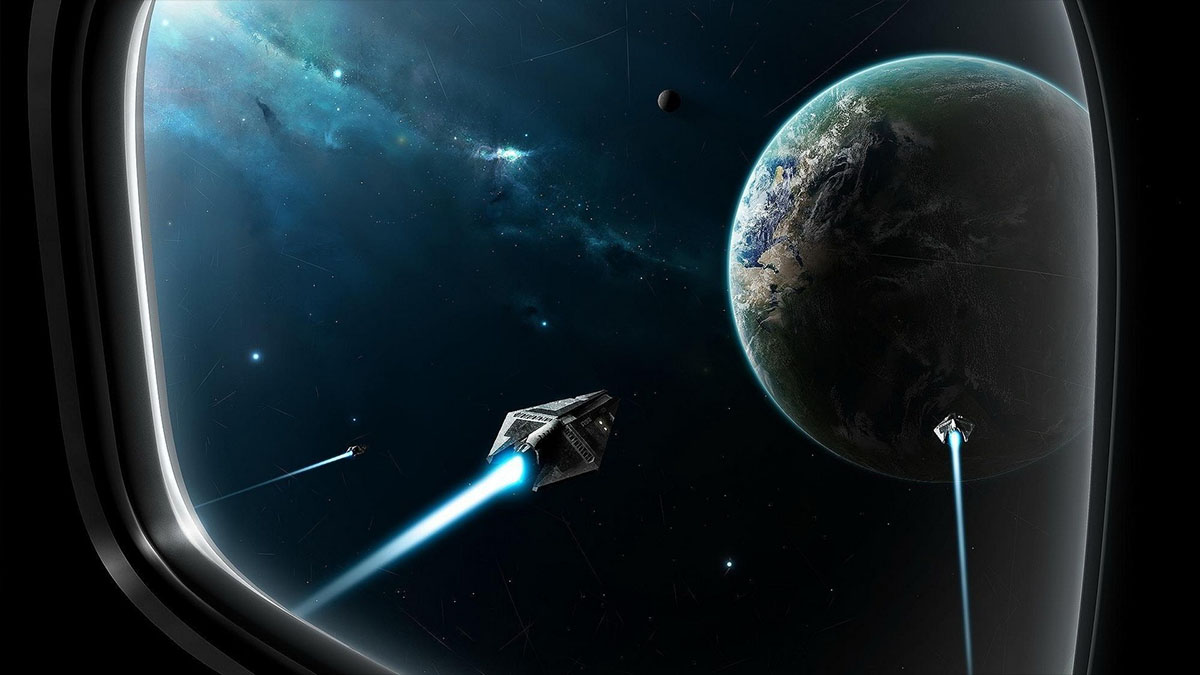the amazing disappearing habitable world?

Gliese 581g, we hardly knew you. After a grand announcement, nearly immediate colonization plans from a leading sci-fi blog, and even a tale of supposed alien signals emanating from the newly discovered world, which was actually just an invention of the Daily Mail, rumors started surfacing that this planet wasn’t being detected in subsequent reviews of the astronomical data. Now, it seems that the rumors might really be true as a review of multiple scans of the data gathered by the telescopes that initially detected Gliese 581g turned up with only four planets for this little red dwarf, none of which match the orbital period of 581g, and even this required correction for errors and some serious smoothing of the data. This doesn’t mean that the planet is not actually there or can’t be rediscovered at some point in the future, but it does mean that we can’t say that we’ve confirmed its existence. On its own, the data from the HIRES spectrograph may not be accurate enough for a definitive call, and the only way to confirm or rule out 581g is to look with better and more precise tools.
How do astronomers see different things in the data and why did one scientist see a planet while others saw no evidence for it? Well, the review in question used a genetic algorithm called adaptive fusion MCMC based on Bayes theorem (which is all the rage in statistical modeling nowadays) and went through various models of planetary distribution across the Gliese 581 system until it found arrangements that best fit the data for the suggested setup. But because genetic algorithms are supposed to find the best match to data that might not necessarily be correct, a false alarm probability was also built into the system. Not only does the MCMC show what a solar system should look like according to the data it was fed, but it’ll also tell you what’s the likelihood that this model really makes sense and conforms to the existing numbers. When astronomer Phillip Gregory plugged in the HIRES data into his model, it was only confident about two planets around Gliese 581, orbiting in a five day and a 13 day orbital period respectively. He then added some data from the HARPS telescope to find that his model again only saw enough evidence to reliably call two planets in the same orbital periods as before. So where did that leave Gliese 581g? Did the model find any workable orbit for it?
When Gregory looked for a fit for a specific number of planets modeled by his algorithm, none of its iterations showed a candidate in the expected 36 day orbital period for 581g. Although he did get signals for worlds with 34 and 499 day orbits, those signals tripped the model’s false alarm meter too high to be considered and the only reliable candidates from the combined HIRES and HARPS data sets after error corrections and thorough consideration were planets in the 3.15, 5.37, 12.9, and 66.9 day orbits. So according to the statistical analysis of what the spectrograph and telescope gathered, Gliese 581 only has four planets, with two of them perhaps just barely straddling the star’s habitable zone. Again, though, we should keep in mind that the only way we’re going to confirm this finding is with more data and Gregory’s study calls for a thorough inspection of HIRES to get a better handle on the random noise data it captures because knowing the exact level of the instrument’s typical background hum would give us an even more accurate model for the Gliese 581 system, and help the astronomical community either confirm or rule out a planet in the seemingly perfect 36 day orbital period with much higher confidence levels. Until then however, we’ll have to refer to 581g as a possible world because in astronomy, as in all science, one detection isn’t a big enough dataset to falsify.
See: Gregory, P. (2011). Bayesian Re-analysis of the Gliese 581 Exoplanet System, arXiv: 1101.0800v1





